Spring is a busy time for the Estuary Program’s monitoring team. In the last week of April, we kicked off our annual bioassessment monitoring effort. During these surveys, our staff and volunteers collect creek health data from various sites across the Morro Bay watershed. This dataset spans over two decades and helps us assess changing conditions in the watershed.
What is Bioassessment?
Bioassessment is a monitoring tool that we use to evaluate creek health. Each survey involves gathering around 1,500 measurements to assess stream conditions throughout our watershed. Each measurement helps determine if the creek can support sensitive aquatic species.
A key component of bioassessment monitoring is the collection of benthic macroinvertebrates (or “BMIs”). These invertebrates are bottom-dwelling insects visible to the naked eye. Macroinvertebrate collection is a critical part of our surveys because the types of BMIs you find in a creek can tell you something about the water quality. While some species are very sensitive to pollution, other species can be very tolerant of it. The presence of sensitive species indicates that the water quality is likely good, whereas a large number of pollution-tolerant species may indicate poor water quality.
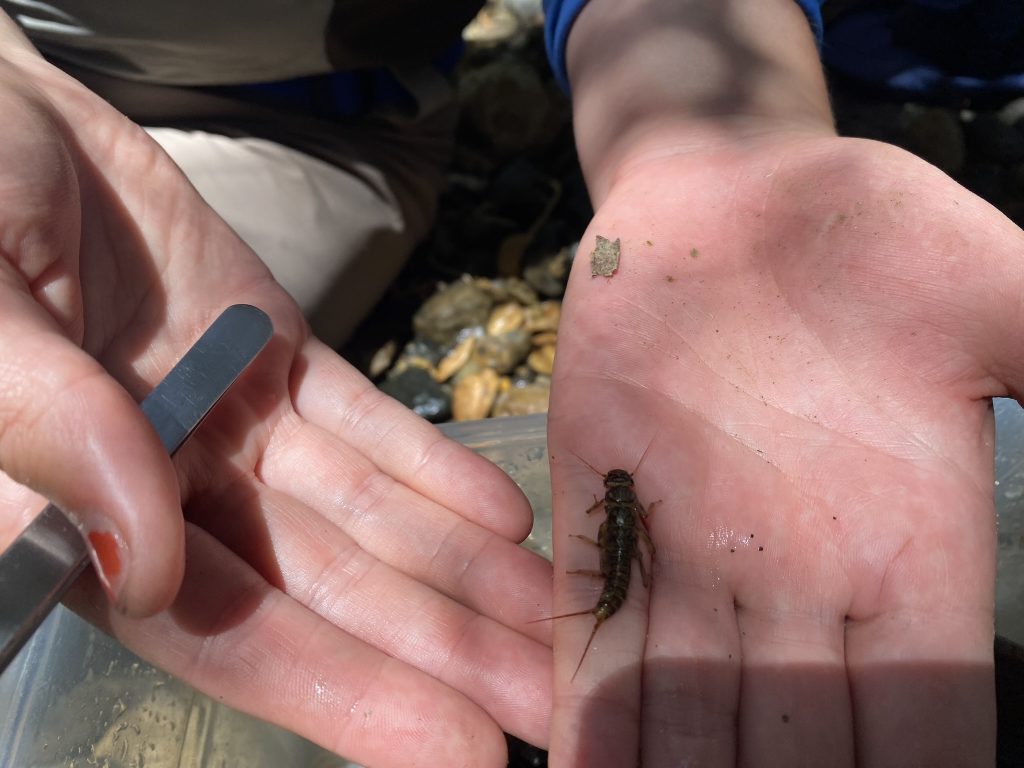
Unexpected Rainfall
Bioassessment surveys are conducted in the spring, when the creek flows are low and the big winter storms are done. This year we had a unique rainfall event in mid-April, which drastically increased water levels within a short period of time. This sudden rise in water levels caused rocks and cobbles to be transported throughout the channel, dislodging benthic macroinvertebrates from their bottom-dwelling habitats. As a result, our team began the bioassessment survey season later than normal, allowing the macroinvertebrates time to recolonize before sampling.
Surveys took place throughout May and will wrap up in June. Results from the effort will be shared when they are available in the fall. For more information about our bioassessment monitoring, you can check out some of our past bioassessment blog posts.
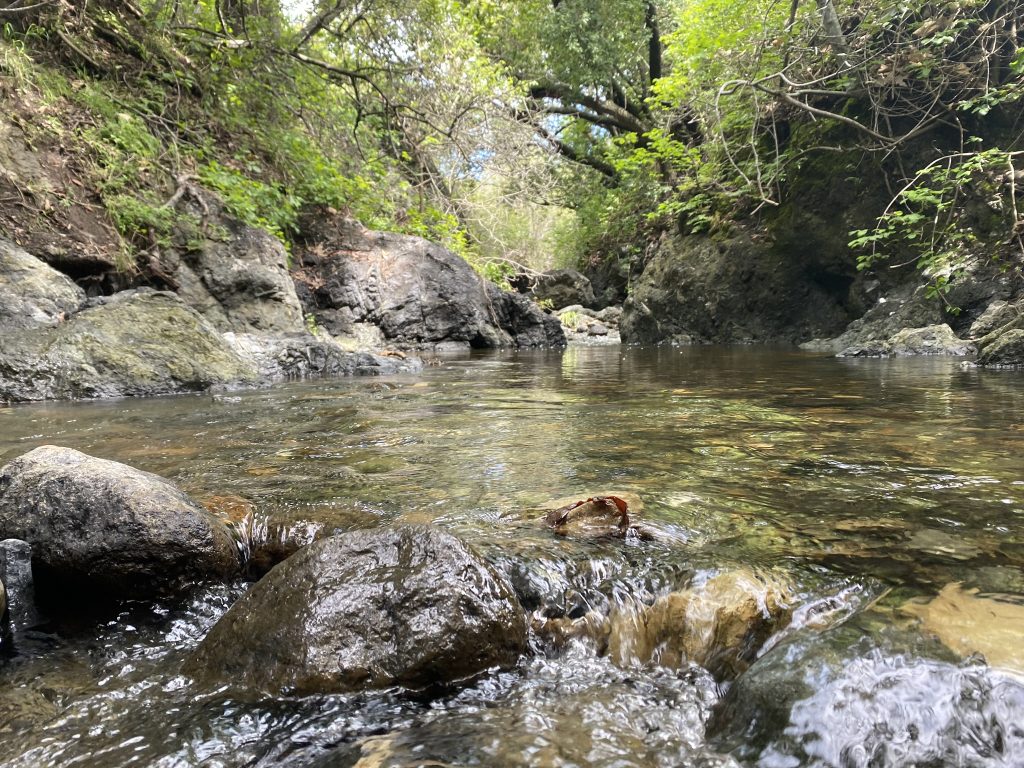
Wildlife Encounters
While in the field, our staff are fortunate to come across a wide variety of wildlife. Along the water’s edge, we see fish and frogs, and in the tree canopy, we often spot hawks and songbirds.
This season, our staff encountered an adult California red-legged frog (Rana draytonii) on upper Dairy Creek. California red-legged frogs are the largest native frog in the western United States and are federally-listed as threatened, meaning their population is likely to become endangered in the foreseeable future. Spotting an adult during our survey was an exciting find.
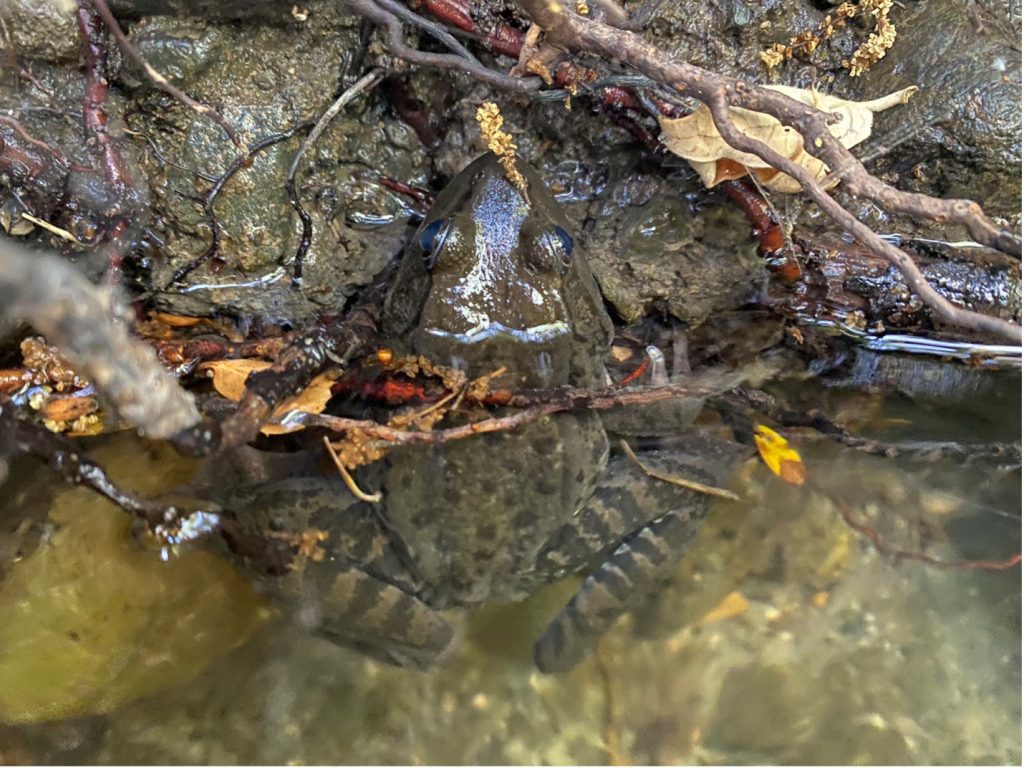
Other wildlife encounters included a number of juvenile Pacific chorus frogs (Pseudacris regilla), southern alligator lizards (Elgaria multicarinata), a ring-necked snake (Diadophis punctatu), various hawks, fish, and a lot of bugs!
Many Helping Hands
Conducting these assessments would not be possible without the support of our dedicated partners and volunteers. For the past three years, students from Cal Poly’s Natural Resources Management and Environmental Sciences (NRES) Department have come out for the surveys. Through volunteering, Cal Poly students gain real-life monitoring skills that support their future environmental careers.
We’ve also had help from AmeriCorps Watershed Stewards Program (WSP) Corpsmembers. To learn more about WSP, visit: https://ccc.ca.gov/what-we-do/conservation-programs/wsp-watershed-stewards-program/
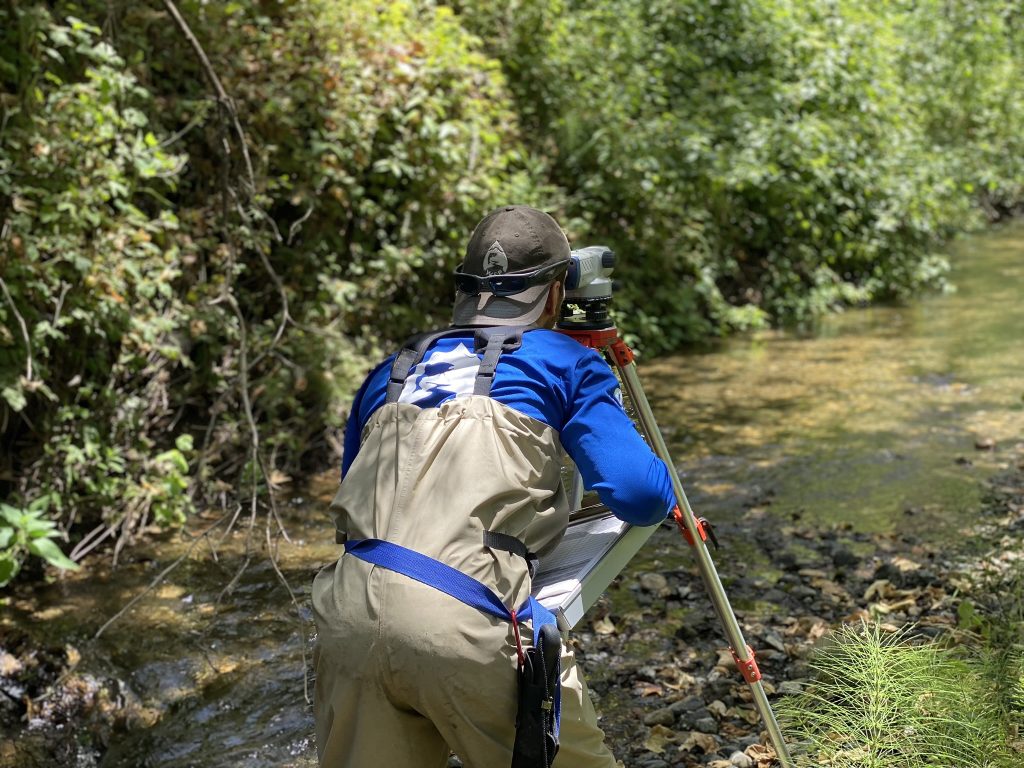
A big thank you to everyone who joined our survey effort to support this meaningful work.
Thank You, Harold J. Miossi Trust
The Harold J. Miossi Charitable Trust has supported bioassessment monitoring in the Morro Bay watershed since 2013 and provided over $140,000 to make this work possible. This critical dataset has benefitted our program by helping us track long-term changes over time and assess watershed health, and we are grateful for the Trust’s generous support.
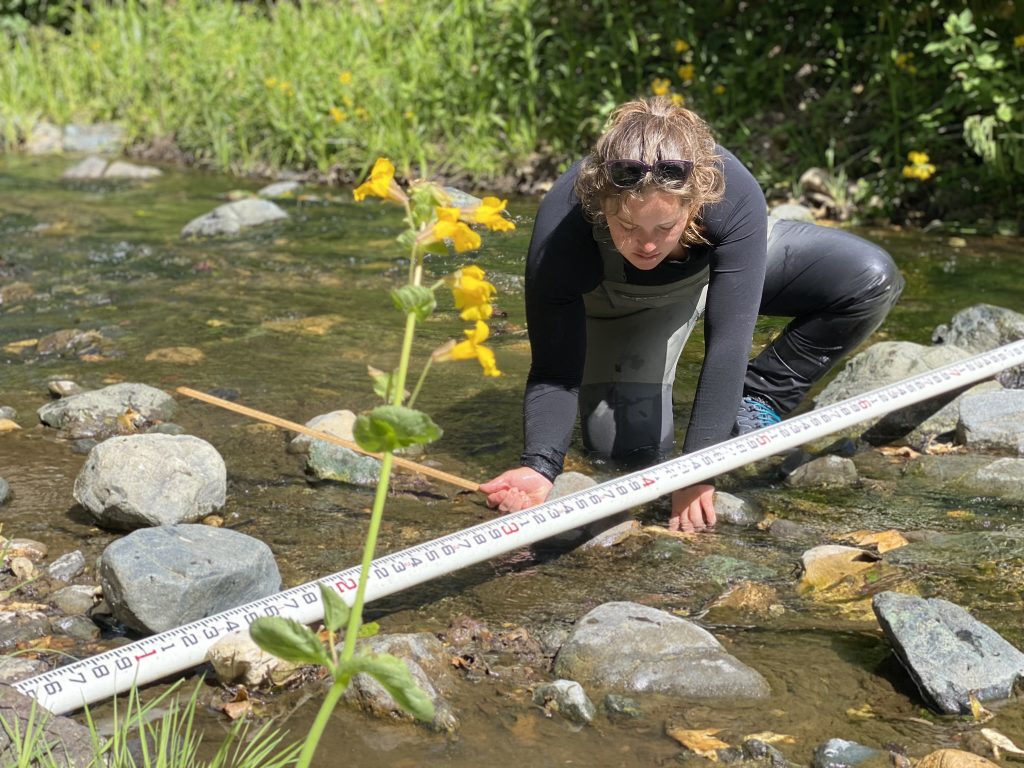
Help us protect and restore the Morro Bay estuary!
- Donate to the Estuary Program today and support our work in the field, the lab, and beyond.
The Estuary Program is a 501(c)3 nonprofit. We depend on funding from grants and generous donors to continue our work. - Support us by purchasing estuary-themed gear from ESTERO. This locally owned and operated company donates 20% of proceeds from its Estuary clothing line and 100% of Estuary decal proceeds to the Estuary Program. Thank you, ESTERO!
- Purchase items from the Estuary Program’s store on Zazzle. Zazzle prints and ships your items, and the Estuary Program receives 10% of the proceeds.
- Subscribe to our seasonal newsletter: Between the Tides!
- We want to hear from you! Please take a few minutes to fill out this short survey about what type of events you’d like to see from the Estuary Program. We appreciate your input!